The graceful aerial sweeper and sleek iridescent Tree Swallow (Tachycineta bicolor)has been a wondrous part of our life here at Flower Hill Farm for over thirty years. No matter what may be happening in the world, I can enter the garden and delight in watching the swallows diving and swirling about in the waves of air above our little homestead and wildlife habitat.

These small songbirds return each spring to our east facing hillside gardens from their overwintering sites as far away as the southern tips of Florida and Central America.

The males claim a nest box that may attract more than one female.

He willsing in his gurgling sort of way while the females work out who will get to stay and vie for this handsome birds favor.

The swallows do all settle into their different nest boxes after the squabbles and raise only one brood before gathering in mid to late July to head out to Cape Cod Massachusetts. Once when walking along a Wellfleetbeach in September, I saw thousands of Tree Swallows flying about in a funnel shape reminding me of a tornado. I guessed it was ameeting of sorts like some kind of pep rally before they fly south for the winter.
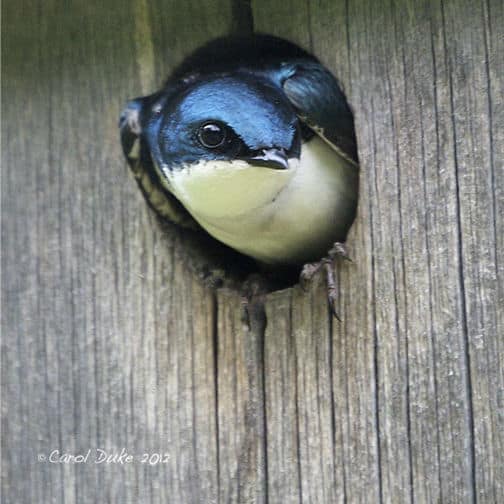
This year we had three pairs ofTree Swallows nesting here. It was so promising and delightful being able to witness their fluid flights and antics until bears discovered the birdhouses offered them bits of protein. Three houses came down this way. It was so upsetting and yet I understand the bears are just being bears. Tree Swallows may choose a cavity in an old tree — thus their name — where bears or other predators may find them. But they had been safe here for over a decade in our fields and garden nestboxes. I am not certain if they will ever return to Flower Hill Farm now. You can see more images over at Native Plants and Wildlife Gardens where my ‘Bestiary’ resides.
Carol Duke
Carol Duke is an artist and farmer who has worked with the land on a Western Massachusetts hillside for over thirty years. During this time her land has evolved into a diverse wildlife habitat. Carol features the flora and fauna that live and visit her farm on her blog http://flowerhillfarm.blogspot.com/ As vital wildlife habitats are destroyed daily, Carol hopes to inspire others to garden for wildlife, while becoming activists for wild places the world over. Her nature photography has appeared in magazines, books and newspapers.
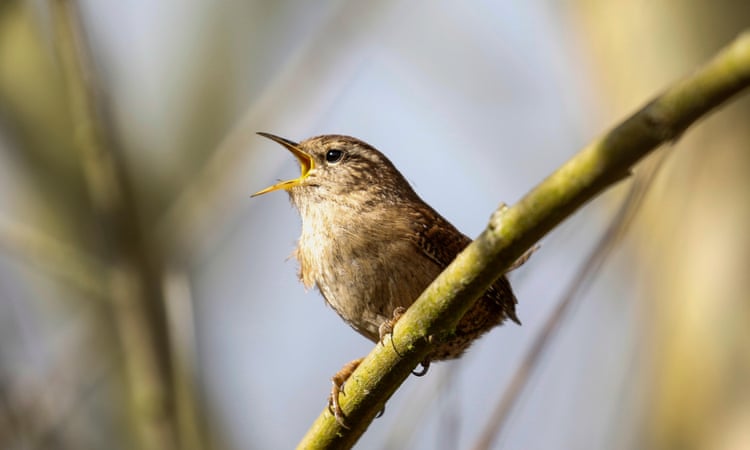
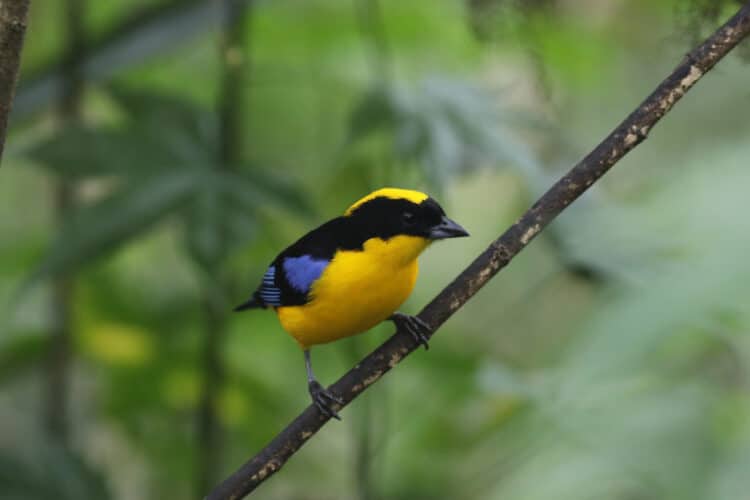
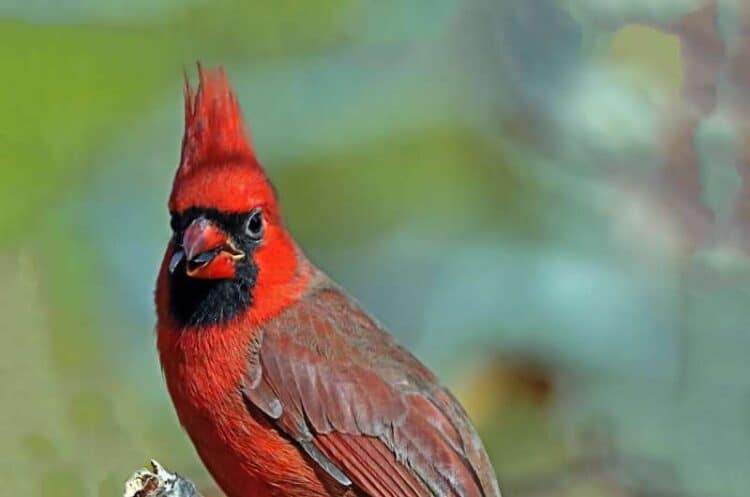

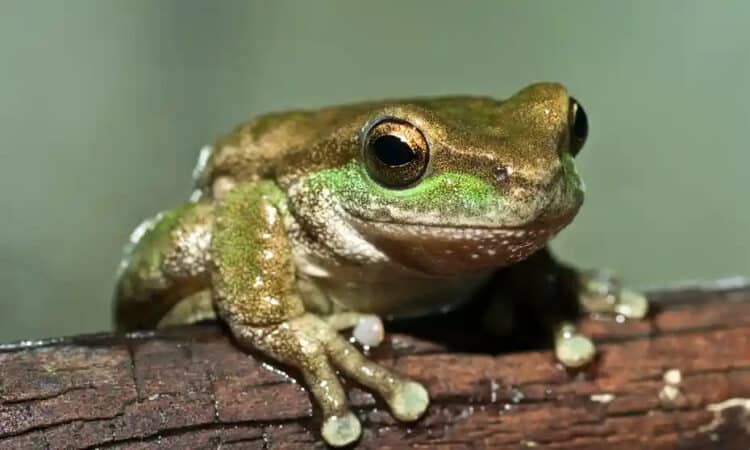
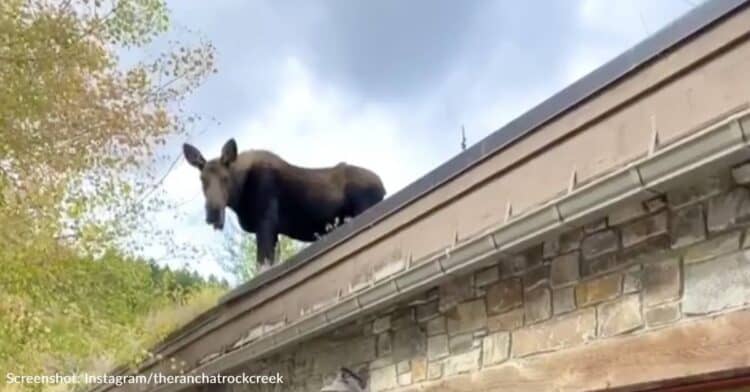
Leave a Reply